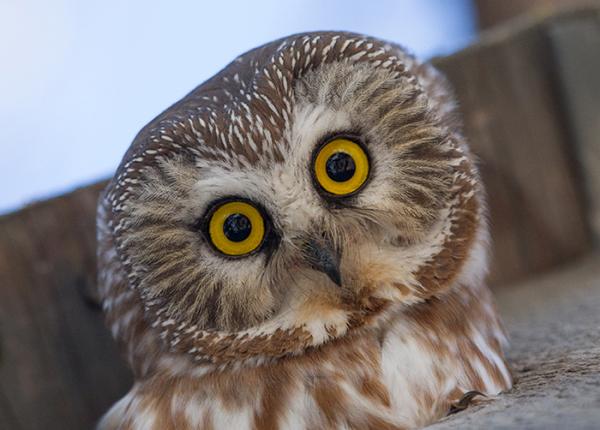From IFLscience
Here at IFLScience, it’s safe to say we have a soft spot for unusually colored animals, from bright lobsters to pink elephants, we can’t resist the color combinations that nature sometimes comes up with. The latest addition is no exception. Meet Blanquita, the first reported case of incomplete albinism in the Eurasian eagle owl (Bubo bubo).
Within the protected Monte El Valle y Sierras de Altaona y Escalona region in southeastern Spain, a female owlet, thought to be around 40 days old, was spotted in a nest during a routine visit to band these chicks as part of a long-term monitoring project. The female, named Blanquita by the team, was the only unusually colored owlet in the clutch of four chicks.
Blanquita’s coloring is known as “incomplete albinism” because while her feathers are white, she has bright orange eyes. Albinism is the lack of the pigment melanin which often causes white feathers or fur and pink or red eyes.
The albinism is incomplete in that case because Blanquita had true melanin in their eyes (iris), but also slight black shadow in their wing feathers.


This is the first one to ever exist ever!?! Wow…
The first Reported case.
It’s impossible for you to know otherwise.
Yes, I unfortunately only have access to but a portion of recorded history… 😓
It could have also been reported over the last few hundred years and the writings have been lost, so then we’d both be somewhat incompletely accurate. But let me do what I can to address this potential oversight!
I did find what looks to be a summary of the research from the researchers themselves, sooooo:
And before anyone asks:
Wikipedia: Crypsis
To clarify… the first one that has been documented.
“Pics or it doesn’t count” is a motto to live by.